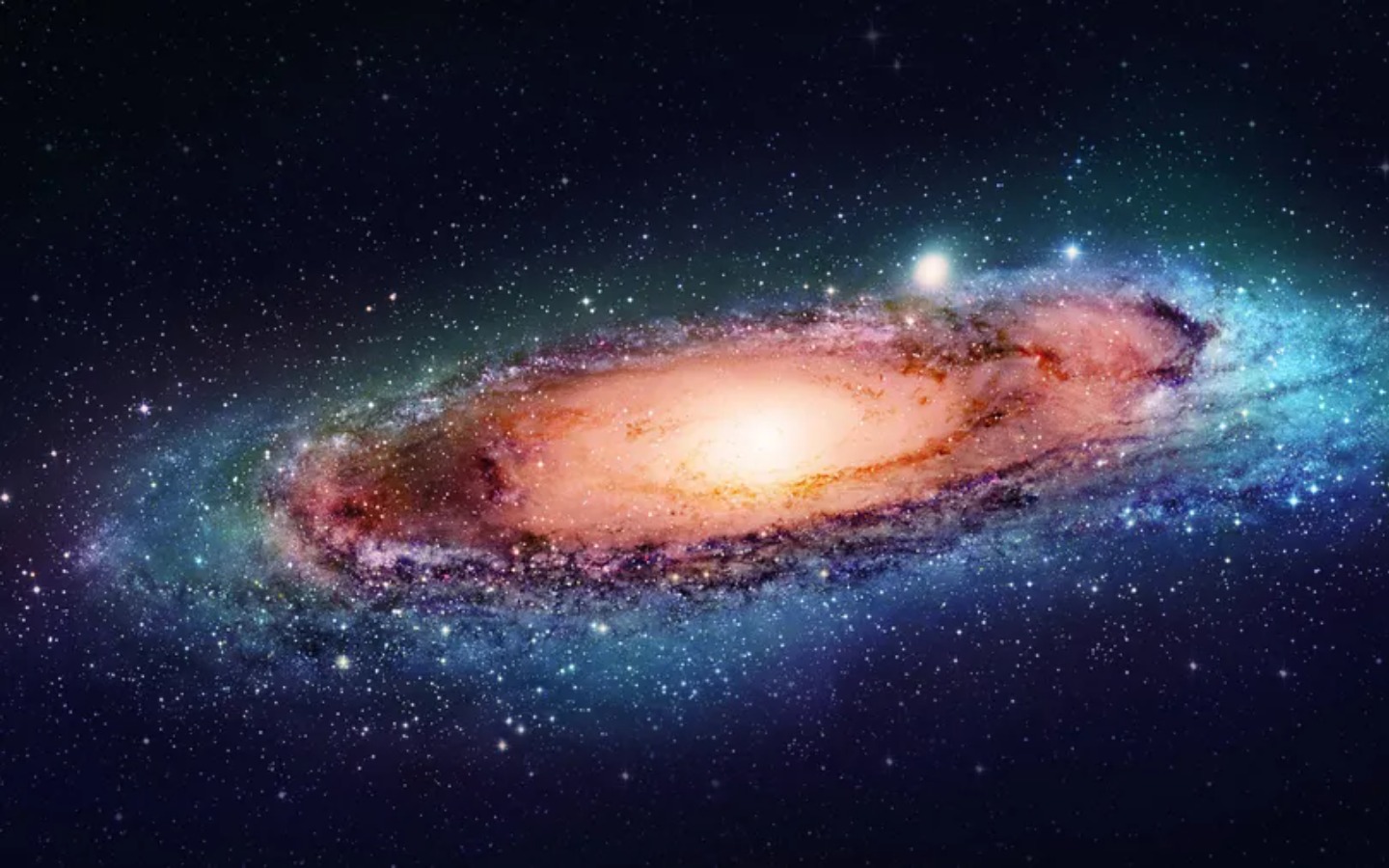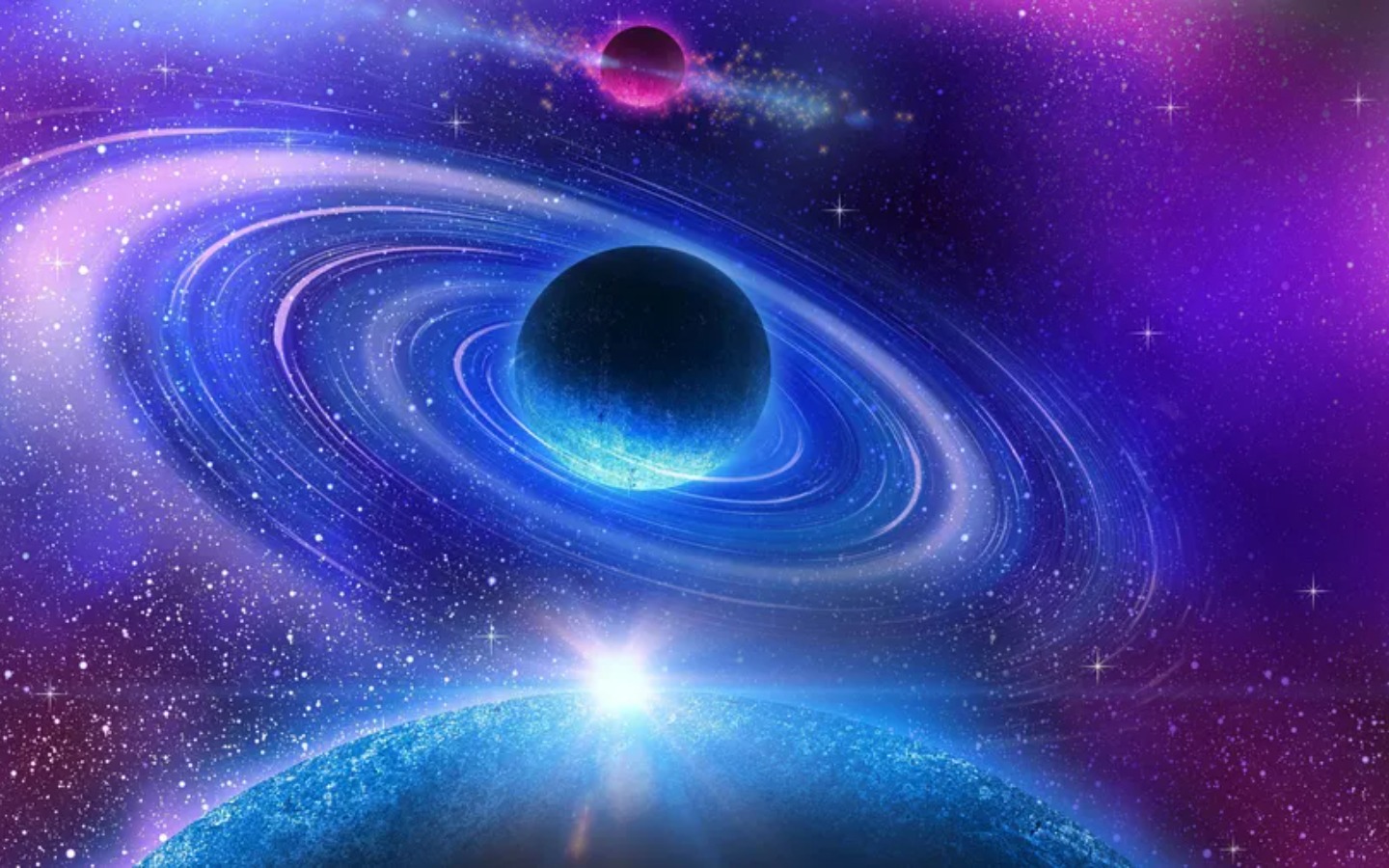
Galxies
A galaxy is an extremely large group of stars and planets that has expanded over billions of light years all held together by gravity. Our universe is made up of galaxies and galaxy clusters.
There are 2 trillion galaxies in the observable universe and that is not an accurate assumption with more galaxies being discovered frequently. The cntents of these galaxes and whether they hold life or interesting planets is largely unknown.
"There are at least as many galaxies in our observable universe as there are stars in our galaxy." - Martin Rees
Massive gas Shadows that collapse and rotate are the starting point for worlds. Stars develop within them as they develop. The collision of entire worlds can alter their appearance. We can view worlds at earlier stages of development by gaping deep into space, which helps us understand how worlds evolve.
Diffrent galaxy models - elliptical galaies
A form of galaxy known as an elliptical galaxy has a smooth, nearly featureless appearance and an approximate ellipsoidal shape. Along with spiral and lenticular galaxies, they are one of the four primary kinds of galaxy described by Edwin Hubble in his Hubble sequence.

Spiral galaxies
Our galaxy is a spiral galaxy!
A spiral galaxy is a particular kind of galaxy that features a bulge, or core collection of stars, in addition to a flat, spinning disk of stars, gas, and dust. Spiral galaxies get their name from their spiral arms, which are regions of stars that spread outward from the galaxy's core over long, narrow distances.